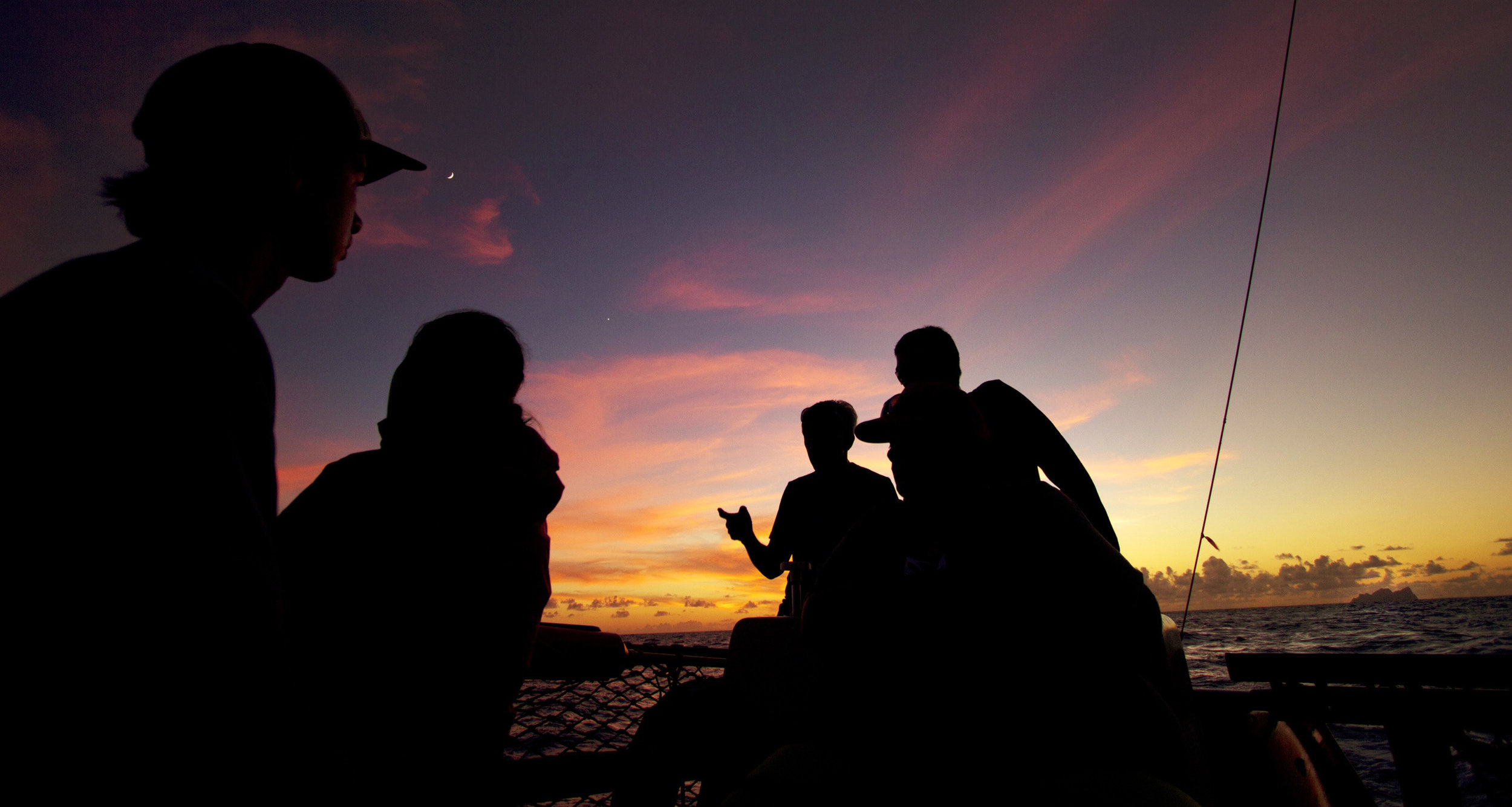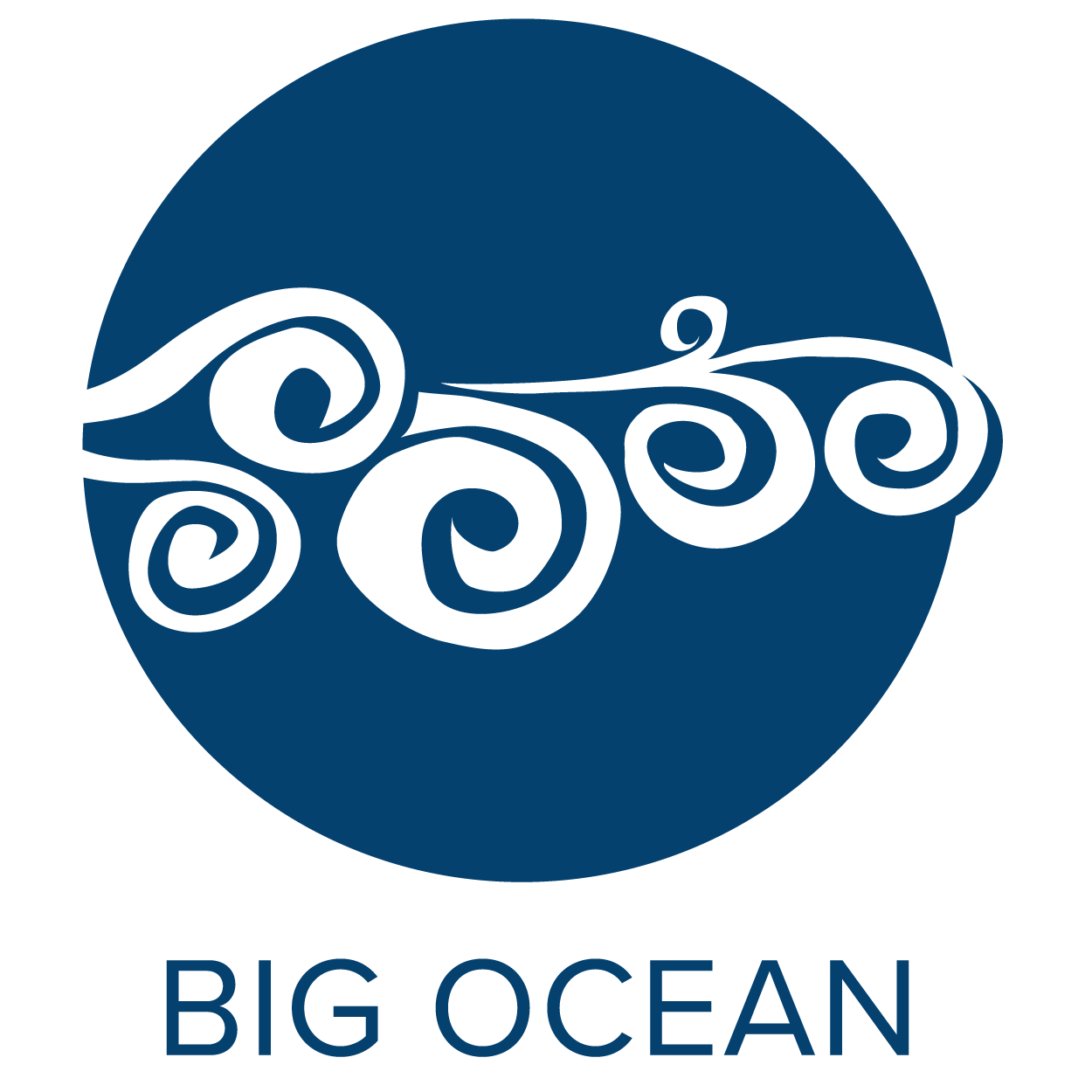
Organization and administration
Informal Network
Big Ocean members and partners participate voluntarily. As a non-binding entity, the activities and commitments made by the network (or subset of the network) are also non-binding and carried forward by members and partners who find value in the effort. To date, the decision to forgo a formal charter or operating agreement has remained but member sites hold the understanding that this could change over time as the network grows.
Peer Learning
As a global network, communication with and between members is conducted mostly through e-mail and our website. Business meetings are coincidental to international meetings and conferences that provide an opportunity for direct engagement and relationship building. Business meetings allow managers and partners to offer site updates, share lessons learned, discuss current and potential initiatives, and make decisions that support the aims of Big Ocean. Various other network activities, from hands-on workshops to product development, are also employed to build capacity and further professionalize the field of large-scale MPA management.
Planning Team & Organization
Big Ocean is administered through its Planning Team and Coordinator. Established at the inaugural meeting, the Planning Team carries the largest share of the workload, managing costs of operations, and fundraising. On average, meetings are held every 4-6 weeks to coordinate annual meeting, activities, and initiatives, and to consider proposals and make recommendations to the full membership. The Coordinator serves as the liaison between the Team and network, and the network and the public. Additional information links to the Our Team page and member site galleries.
Our Approach

What we do
The power of Big Ocean is to convene diverse audiences and to create "safe spaces" (virtual and real) where practitioners, managers, scientists, and cross-sector partners can share lessons learned, and build both capacity and personal relationships in real-time. As the needs of individual sites can vary widely, the network has developed a variety of activities, processes, and products to produce tangible, practical, and actionable outcomes. Although there is usually overlap between the purpose and benefits of any engagement, Big Ocean has created three general approaches to accomplishing not only its mission and aims but in helping other organizations working in the field of LSMPAs to achieve their objectives.
In addition to the brief descriptions below, visit our Resources page for more detailed examples.
Capacity
Expand the skills and professional experience of LSMPA management staff to improve operations on the ground and enhance the network’s functioning. Examples include: hosting network meetings, presentations and workshops, peer-learning and site-to-site exchanges, and pairing LSMPA management teams with related or complementary needs and challenges.
Communication
Enhancing the development, collection, analysis, and sharing of information and knowledge, internally and externally. Examples include membership surveys, digital newsletters, outreach materials, press releases, coordinating the publication of research, maintaining a presence on the web and across social media, and presenting at international conferences.
Design
Develop products, tools, services, and approaches that increase the effectiveness of management actions and further professionalize the field of marine management at scale. Examples include designing frameworks and strategies for site diagnostics, workshops, and peer exchanges; producing high-impact research papers, agendas, guidelines, and capacity-building worksheets.
